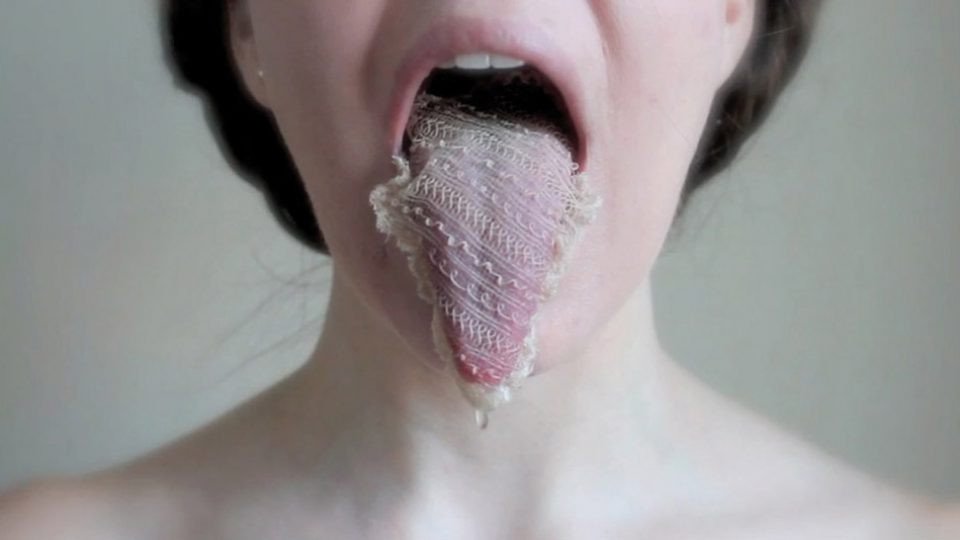January 18 at 5:00 p.m.
Zoja Bojić
Art historiographers of antiquity and applied arts
The art historiographers of the European antiquity Vitruvius (1st century BC), Pliny the Elder (1st century AD), Philostratus the Elder (2nd century AD), Philostratus the Younger (3rd century AD) and Callistratus (3rd or 4th century BC) wrote on painting, sculpture, architecture and applied arts of their times and of the previous times. The key idea common to these authors is that art practice is a subject worthwhile writing, thinking and reading about. Several constructs emerge from these texts. Among them is the question of the role of artwork in contrast to the construct of the art for the art’s sake that these writers apply equally to works we categorise as fine arts and as applied arts works. This paper examines the manner in which these writers identified, observed and interpreted the works of applied arts.
Mirjana Gligorijević Maksimović
Medieval textiles
Sources for an examination of medieval textiles are: the preserved remains of fabrics, representations of fabric on mosaics, frescoes and illuminations. The themes represented on fabrics included secular representations such as hunting scenes, scenes from hippodrome, imperial performances, zoomorphic and floral motifs. Also preserved are representations of religious themes: the scenes of Annunciation, the Nativity of Christ. Ornamental motifs: rosettes, medallions, braided ornaments are also common.
A separate group form the embroidered fabrics showing the dead Christ and the texts of prayers. The diversity of themes and motifs, skillful drawings, harmony of shapes and colours allow for equating some of the finest works of textile art with the artistic achievements in the techniques of mosaic, fresco painting and illumination throughout the Middle Ages.
Vesna Lakičević Pavičević
Sixty Years of Tapestry in Serbia: Turning Points in its Development
Tapestry exists an innovative artistic discipline in Serbia in the second half of the XX century. In a relatively short period of its development, there have emerged experimentative programmes and concepts which together form a very complex artistic scene. The development of the tapestry is characterized by changes in artistic practices which resulted in innovative modes of expression, multimedia approach and conceptual performance, replacing the painting principles, typical of the early stages in its development. In the past six decades the tapestry in Serbia has gradually liberated itself from being strictly a two-dimensional product of weaving, moving towards new, postmodern challenges and hybrid forms, appropriating various stylistic formulas. (Translation, Marija Srndović).
Ana Mihailović
Weaving: tradition and abstraction in the artworks of Leonora Vekić, textile artist and Ivana Milev, sculptor
Specific artwork pieces created by these two artists and chosen for this occasion emerge around common themes derived from the weaving tradition. Each artist works with different medium and finds unique ways in exploring its potential. Nevertheless, there are no clear boundaries which could differentiate these two practices in terms of technique or procedures. Besides, each artist’s focus and procedures are ever shifting from one piece to another. This paper analyses common conceptual foundations in the process of making of these artworks, and at the same time brings to light their nuances and particularities.
January 19 at 5:00 p.m.
Čedomila Marinković
Reconsidering textile in Jewish Tradition
The text deals with modern reinterpretation of Jewish tradition through the works of Jewish contemporary artists Andy Arnovitz, Jacqueline Nicholls and Lisa Rosovski. All three women start their visual and conceptual research in the frame of traditional textile garments. With the help of inscriptions or Scripture quotations they recontext them, pushing thus the borders of textile objects from ordinary to highly symbolical, provocative and inspiring without losing the traditional love for highly sophisticated visual expression.
Marina Martić
Popular culture/clothing/identity
Project Everyday spectrum, by Margareta Jelic (Belgrade) and Zorica Vasic (Toronto) explores the conection between fashion and technology and was presented for the first time at Fashion Art Toronto, in april 2016.
Everyday spectrum is trying to involve new media technology as digital drawing and 2D animation in fashion categories such as textile design and consists of a large „dress“ made of paper in the shape of cone and two channel animation that is projected on it. The project explores interaction of animated drawings and motion of the dress and its changing through different themes and motives of every day life, nature, textile patterns and colour theory. This multi-media installation emphasizes the connection between fashion, technology and contemporary art.
Jelena Pavićević
David Bowie – An Incarnation of a Fashion Phenomenon
During the 70s, David Bowie changed the character of the contemporary rock scene. By placing an equal sign between life and art, or rather, by transplanting art into life, his complex artistic endeavour remains a picture of the postmodern age which strived for an exclusive, subversive and provocative artistic expression.
This presentation explores Bowie as a fashion phenomenon; by changing his identity on stage, he pushed the boundaries of physical and spiritual authenticity, unsettling the very foundation of fashion and of gender tendencies, influencing modern art, music, design and fashion. (Translation: Marija Srndović).
Svetlana Jovičić
Relations- applied, painting, conceptual- on the example of painter Zorka Stevanović
I chose the latest work by Zorka Stevanovic, entitled “You shall eat the fruit of your ways”, displayed at the May exhibition 2016 in the RTS gallery, as an extremely compelling example for the challenging subject of unstable / soft boundaries between applied and so called “fine” art.
Zorka’s long-standing focus on Biblical subjects, including both the Old and the New Testament, shifted from making classical icons, meant for prayer and religious service, through envisioning an icon/painting hybrid, of religious content, but whose religious purpose is relativized or abolished, up to an emancipating movement towards a painting with strong conceptual intent.
Starting from a formal and iconographic analysis of this work, considering its formation, the author’s thought process and the final result, this presentation examines the existing contrasts and overlapping between characteristics pertaining to applied art and fine art, as well as a solution to their conflicts within this conceptual/textual discourse.


